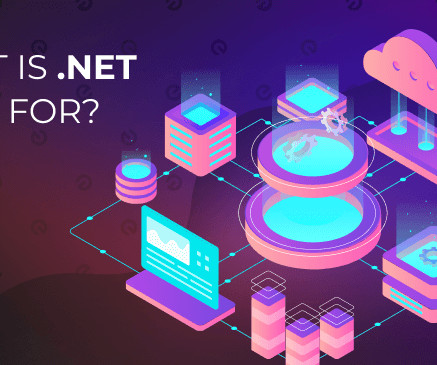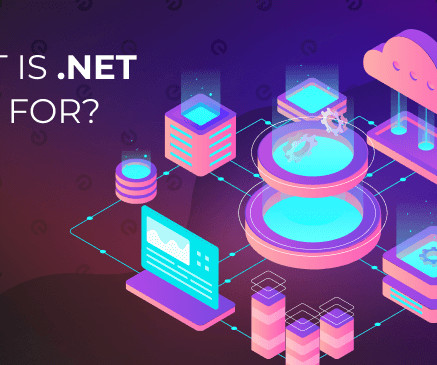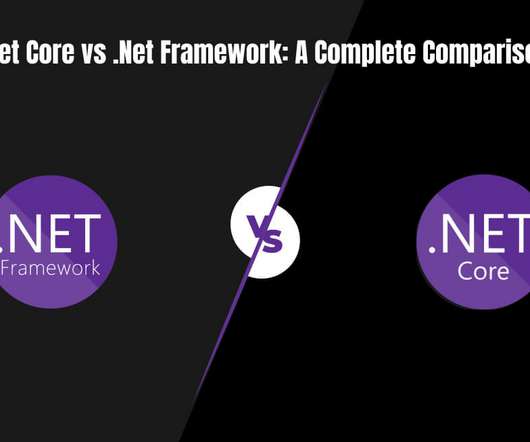Top 10 Frameworks for Developing Enterprise Applications
OTS Solutions
JUNE 9, 2023
Key features of Ruby on Rails Some of the key features of Ruby on Rails include its Model-View-Controller (MVC) architecture, which separates the application logic from the user interface, making it easier to manage complex applications. It provides a range of features, such as ORM, middleware, and authentication. Express.js















Let's personalize your content